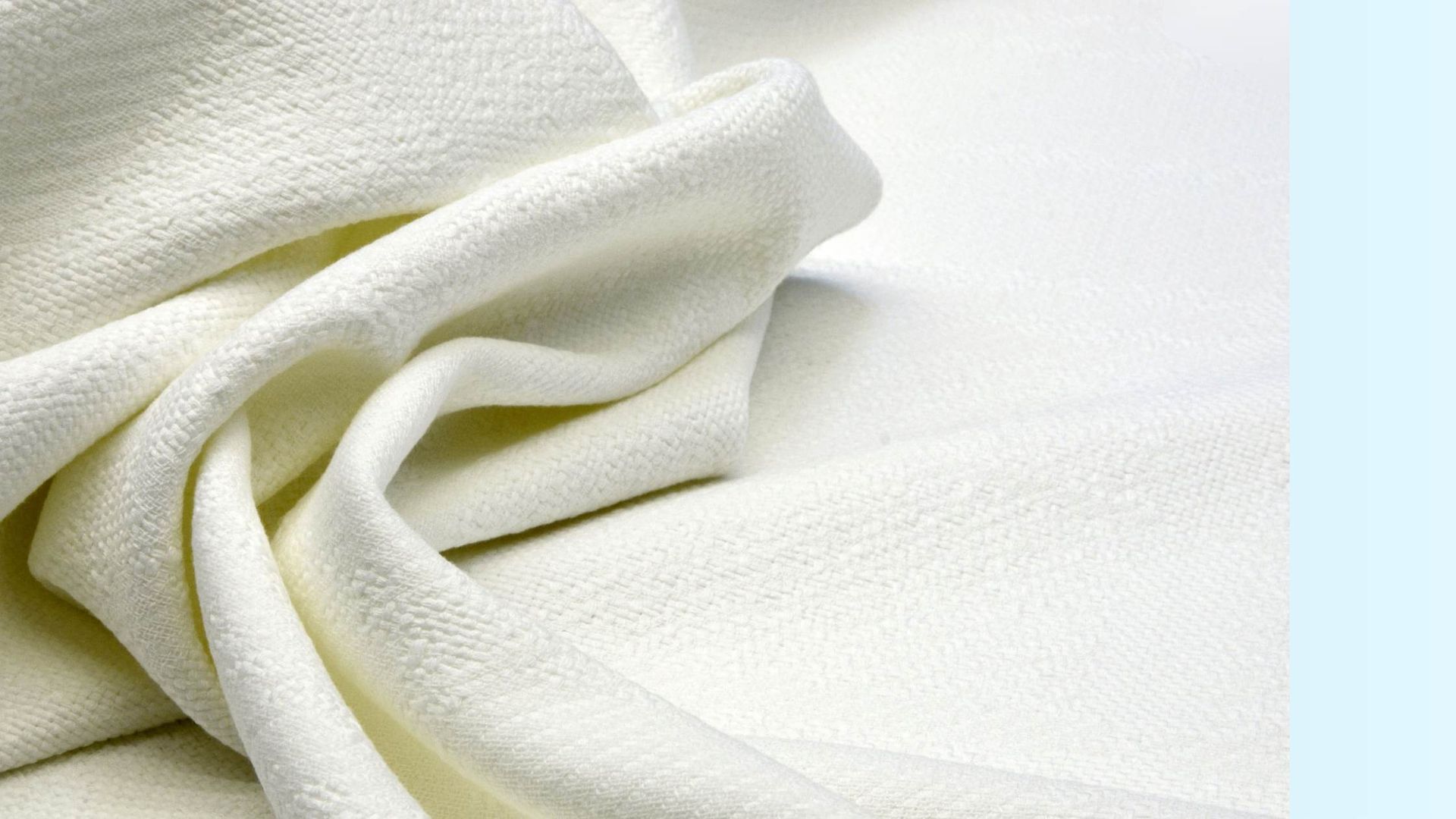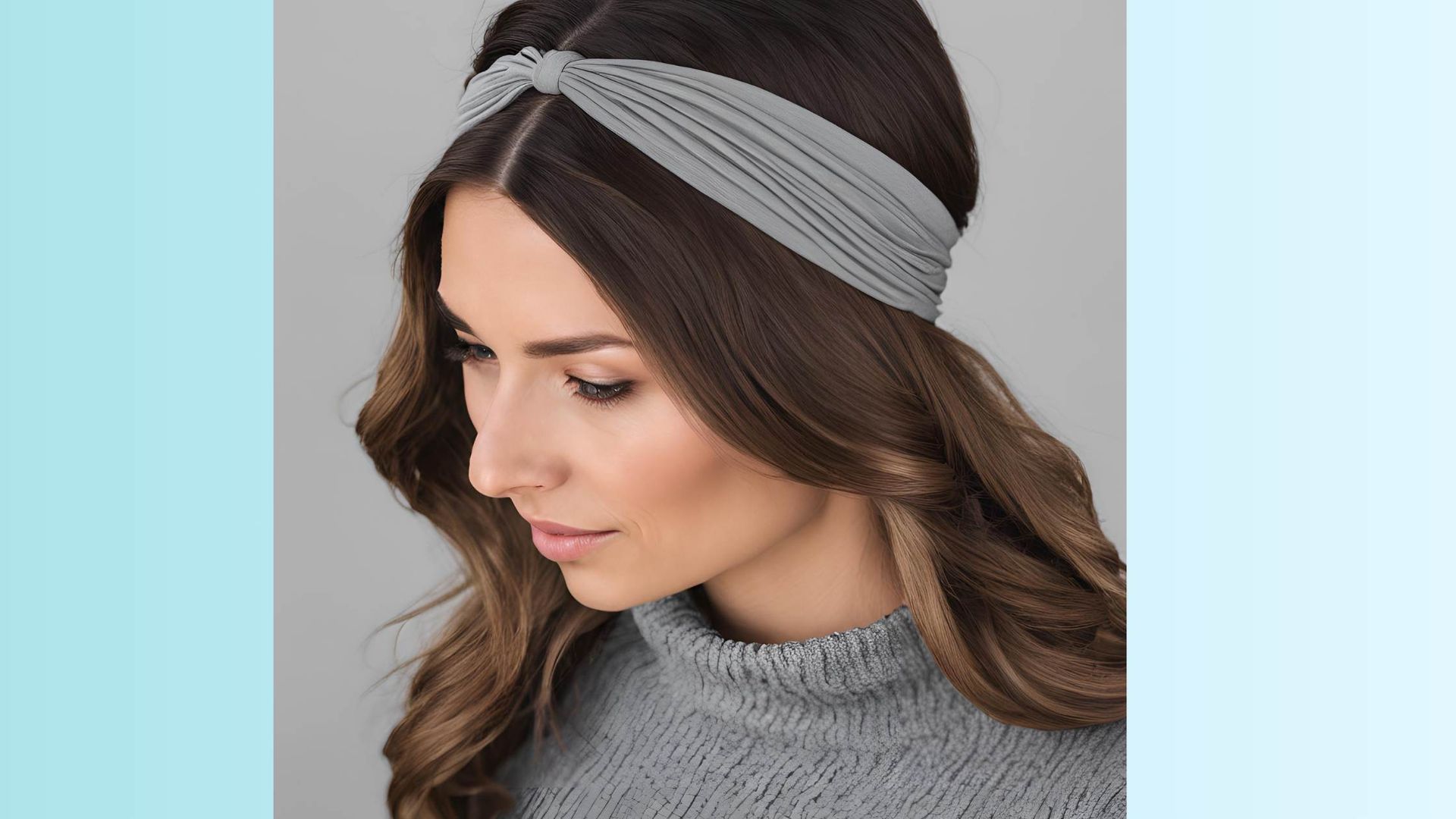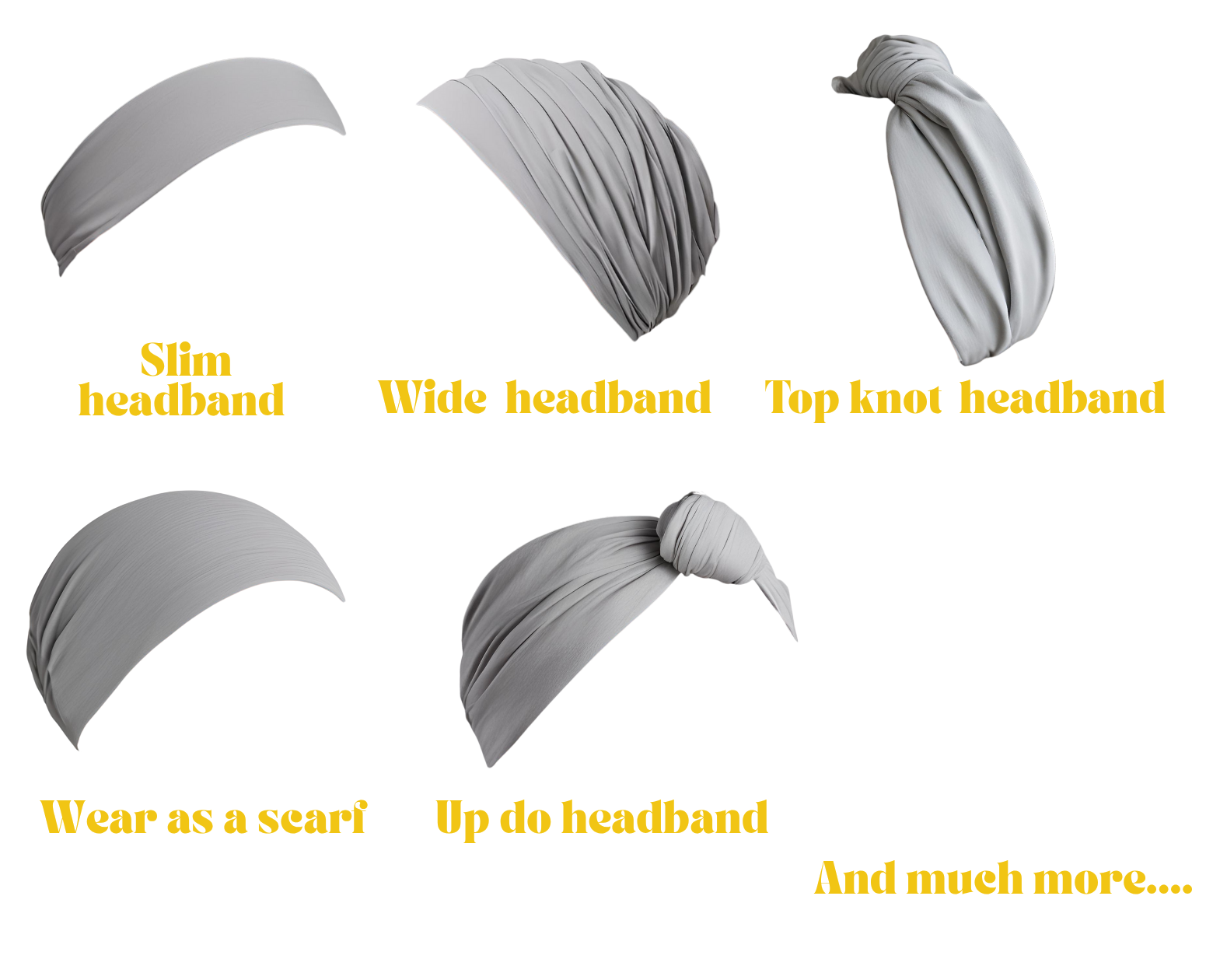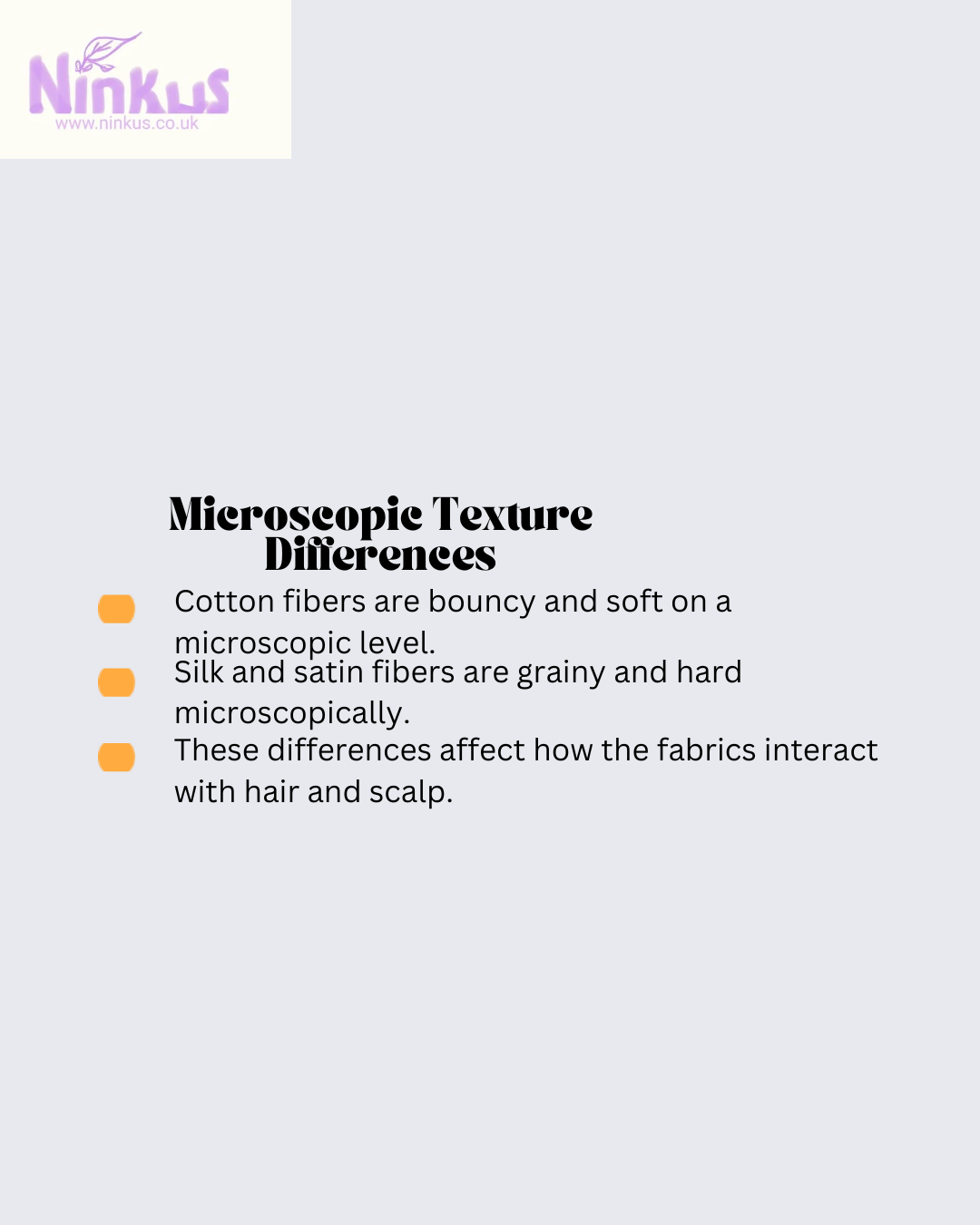The Rich History of 100% Cotton Jersey Fabric: From Ancient Times to Modern Day The Origins of Cotton Fabric
00% cotton jersey fabric.1

Cotton, a natural fiber, has been a staple textile material for centuries, with its origins tracing back to ancient civilizations. Evidence of cotton cultivation and use dates as far back as 5,000 years ago, with ancient India and Peru being among the earliest regions to harness its potential. Cotton's unique properties, such as breathability and comfort, made it a favored choice for clothing and textiles in these early societies, setting the stage for its enduring popularity throughout history.
The Birth of Jersey Fabric
Jersey fabric, renowned for its stretch and comfort, originated on the Channel Island of Jersey, from which it derives its name. Initially, jersey was primarily used for fishermen's garments due to its durability and warmth. The fabric was traditionally knitted from wool, but as the cotton trade expanded, cotton jersey emerged as a versatile alternative, offering a lighter, more breathable option suitable for a wider range of climates and uses.
Cotton's Journey Through History
As trade routes expanded, cotton spread from its ancient origins to Europe and beyond. By the Middle Ages, cotton had become a valuable commodity, with the fabric being prized for its softness and versatility. During this period, advancements in spinning and weaving techniques allowed for the production of finer cotton textiles, which became symbols of wealth and status among the European elite.
The Industrial Revolution and Cotton Production
The Industrial Revolution marked a significant turning point for cotton production, with innovations such as the spinning jenny and the cotton gin revolutionizing the industry. These technological advancements facilitated mass production, making cotton textiles more accessible to the general population. As demand for cotton soared, jersey fabric underwent significant evolution, transitioning from a utilitarian fabric to a staple of everyday fashion.
Jersey Fabric in the 20th Century
The 20th century saw jersey fabric rise to prominence in the fashion world, thanks in part to influential designers like Coco Chanel. Chanel's use of jersey for her groundbreaking designs in the 1920s transformed the fabric's reputation, elevating it from a simple, practical material to a symbol of modernity and elegance. This shift in perception paved the way for jersey's widespread adoption in casual and formal wear alike.
The Versatility of 100% Cotton Jersey
Today, 100% cotton jersey fabric is celebrated for its remarkable versatility, making it a popular choice for a wide array of garments, from t-shirts and dresses to underwear and loungewear. Its natural elasticity and softness contribute to its comfort, while its durability ensures longevity, making it a practical and sustainable choice for consumers seeking quality textile products.
Technological Advancements in Fabric Production
In recent years, technological advancements have further enhanced the qualities of cotton jersey fabric. Innovations in dyeing and finishing processes have expanded the range of colors and textures available, while sustainable practices have minimized the environmental impact of its production. As a result, modern cotton jersey fabrics are not only more diverse but also more environmentally friendly than ever before.
The Impact of 100% Cotton Jersey on Fashion Trends
The influence of 100% cotton jersey on fashion trends cannot be understated. Its adaptability has allowed designers to experiment with silhouettes and styles, leading to the creation of iconic garments that have defined eras. From the casual elegance of the 1950s to the athleisure boom of the 21st century, cotton jersey has consistently played a pivotal role in shaping contemporary fashion narratives.
Cotton Jersey in the Global Market
The global demand for cotton jersey fabric continues to grow, driven by its enduring appeal and functionality. Major textile-producing countries such as China, India, and the United States play key roles in meeting this demand, balancing traditional techniques with modern innovations to produce high-quality jersey fabrics that cater to diverse consumer preferences.
The Future of



















